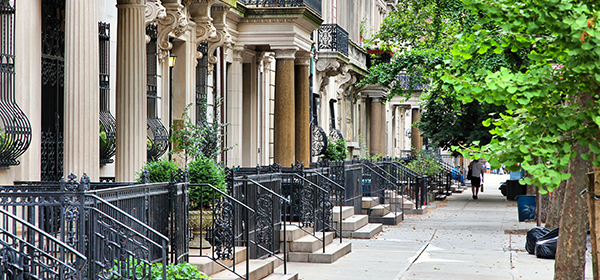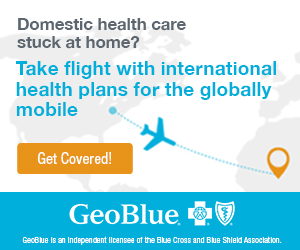Public Transportation in New York
Summary: Mastering the public transportation system in New York is a crucial aspect of adapting to life there. This article provides a detailed overview of the available local transit options.

New York City, often referred to as the city that never sleeps, is a bustling metropolis with a diverse range of public transportation options. The city is served by the Metropolitan Transportation Authority (MTA), which operates the Subway, Buses, and Commuter Trains. Additionally, there are numerous taxi services, ride-sharing apps, and even ferries. With such a comprehensive network of public transportation, it's entirely possible for an expat living in New York to comfortably live without a car, relying solely on these systems and walking.
Subway
The New York City Subway is one of the oldest and most extensive public transportation systems in the world. It operates 24 hours a day, seven days a week, making it a reliable mode of transportation for New Yorkers. The subway system is generally safe, even at night, thanks to the presence of MTA staff and NYPD officers. However, like any large city, it's always advisable to stay alert and aware of your surroundings. The subway is also a popular choice for school children, with many using it to commute to and from school. A single ride costs $2.75, but there are various unlimited ride passes available, making it an affordable option for daily commuters. The subway covers all five boroughs of New York City, with numerous lines and routes connecting various neighborhoods.
Buses
MTA buses are another popular mode of public transportation in New York City. They offer a more scenic ride compared to the subway and can reach areas not served by the subway system. Buses are generally safe and are used by a diverse range of people, including school children, working professionals, and the elderly. The fare for a single ride is the same as the subway, $2.75, and the same MetroCard can be used for both buses and the subway. Buses run less frequently than the subway, especially during off-peak hours and on weekends, so it's important to check the schedule ahead of time.
Commuter Trains
The MTA also operates two commuter rail systems: the Long Island Rail Road (LIRR) and Metro-North Railroad. These trains connect New York City to the surrounding suburbs and are a popular choice for commuters. The trains are safe and reliable, with fares varying based on the distance traveled. Both the LIRR and Metro-North offer off-peak and weekend discounts, making them a cost-effective option for those traveling outside of rush hour.
Taxis and Ride-Sharing
Taxis are a ubiquitous sight in New York City, with the iconic yellow cabs being a symbol of the city. They offer a convenient, albeit more expensive, mode of transportation. Ride-sharing apps like Uber and Lyft are also widely used in the city. Both taxis and ride-sharing services are safe, with drivers undergoing background checks. However, during peak hours or in popular areas, it can be difficult to find a ride, and surge pricing can make these options less affordable.
Ferries
New York City's location on the water means that ferries are a viable mode of public transportation. The Staten Island Ferry is a free service that connects Staten Island to Manhattan, offering stunning views of the Statue of Liberty and the Manhattan skyline. The NYC Ferry service connects various neighborhoods in Brooklyn, Queens, and the Bronx to Manhattan for a fare of $2.75. Ferries are a safe and scenic way to travel, especially during the warmer months.
In conclusion, New York City's extensive public transportation network makes it possible to live comfortably without a car. Whether you're commuting to work, exploring the city, or simply running errands, there's a mode of public transportation that can get you where you need to go.
About the Author
 Betsy Burlingame is the Founder and President of Expat Exchange and is one of the Founders of Digital Nomad Exchange. She launched Expat Exchange in 1997 as her Master's thesis project at NYU. Prior to Expat Exchange, Betsy worked at AT&T in International
and Mass Market Marketing. She graduated from Ohio Wesleyan University
with a BA in International Business and German.
Betsy Burlingame is the Founder and President of Expat Exchange and is one of the Founders of Digital Nomad Exchange. She launched Expat Exchange in 1997 as her Master's thesis project at NYU. Prior to Expat Exchange, Betsy worked at AT&T in International
and Mass Market Marketing. She graduated from Ohio Wesleyan University
with a BA in International Business and German.
Some of Betsy's articles include 12 Best Places to Live in Portugal, 7 Best Places to Live in Panama and 12 Things to Know Before Moving to the Dominican Republic. Betsy loves to travel and spend time with her family. Connect with Betsy on LinkedIn.
Additional Information:


